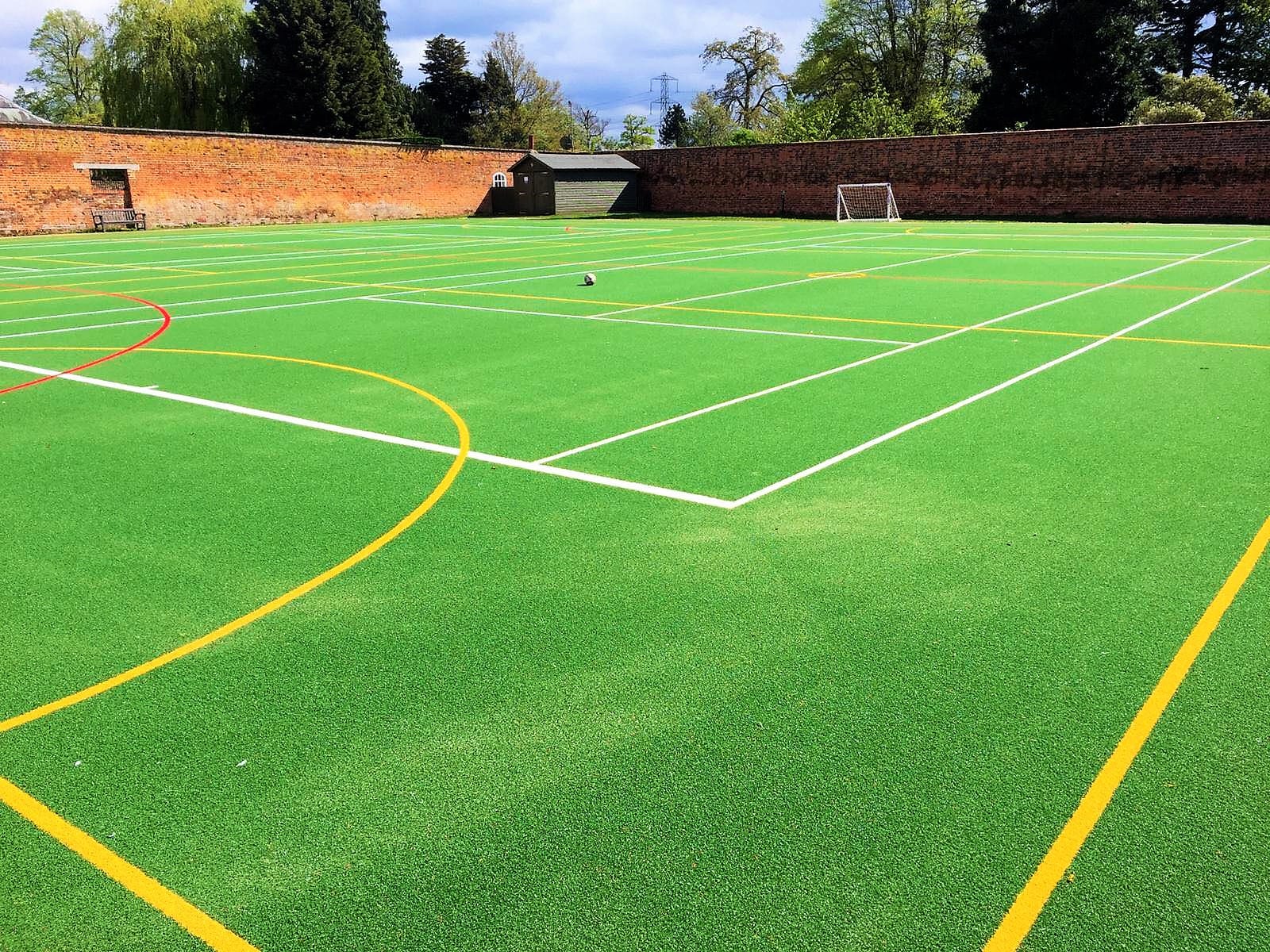- About
- Services
- Play
- Sport
- Case Studies
- News
- Contact
- Pitchbuilder
The following is a list is information on each type of surface and their differences.
• Hybrid – 95% natural grass specially reinforced with 5% synthetic fibre. Ideal for high-level rugby and football, and has recently been used for golf and cricket as well.
• Synthetic – 100% synthetic, made with man-made fibres. Perfect for universities, schools, and clubs, where pitches are used throughout the year. Synthetic surfaces provide safety and consistent performance in all types of weather.
• 2G – shorter and denser dressed or sand-dressed surfaces, normally with a pile height of 24mm or less. Referred to frequently as MUGA (Multi use game areas), 2G is best for recreational sporting events, football, tennis, and hockey.
• 3G – synthetic turf with a long pile at a height of 40mm to 65mm, generally filled with a blend of performance infill and sand. Ideal for team sports such as hockey, as well as football and rugby.

2G/Second Generation synthetic surfaces are made up of two elements, namely infill, and synthetic turf, usually with a pile height between 13mm and 24mm. 2G surfaces are sand dressed. Although the older types of these pitches are still available, it is the newer, partially sand-dressed systems that are preferred these days.
These pitches are often installed with a shock-absorbent pad to meet certain testing and performance criteria like BS-EN ad FIH and are ideal for recreational football, tennis, and hockey teams.
3G/Third Generation synthetic surface, is a blend of three elements, namely rubber infill, sand infill, and synthetic turf, with a typical pile height of between 35mm and 65mm. These blends of materials are sometimes installed with a shock-absorbent pad to meet certain testing and performance criteria like BS-EN, World Rugby, RFL, and FIFA.
Rugby Union, Football, Lacrosse, Rugby League, and American Football are the main sports played on these types of surfaces.
Hybrid pitches consist of 95% natural grass, specially stitched/injected with 5% synthetic fibres. These pitches provide much longer playing hours than completely natural turf surfaces. It is the combination of synthetic and natural materials that make the pitch robust and durable, traits normally associated with synthetic grass.
Synthetic surfaces, according to FIFA, are made up of completely man-made or manufactured materials like synthetic grass carpet, rubber, and sand infill.
Hybrid surfaces, however, use synthetic fibres with natural grass, to provide support for the surface. It is a standard in the industry, that synthetic fibres are under 5% of the complete grass coverage.
It is important to take several factors into consideration when choosing a pitch type, namely the type of sport/sports you will be playing, and the number of hours that the pitch will be used. Both of these will play an enormous role in the type of surface you choose.
Another factor to take into consideration is the realistic upkeep of the pitch that you are considering. For instance, if the pitch is going to be used on site at a school, then you will need to choose one that is low-maintenance and durable enough to last in the English weather for many years. Get in touch with us today and help your team of players fulfil their sporting potential.